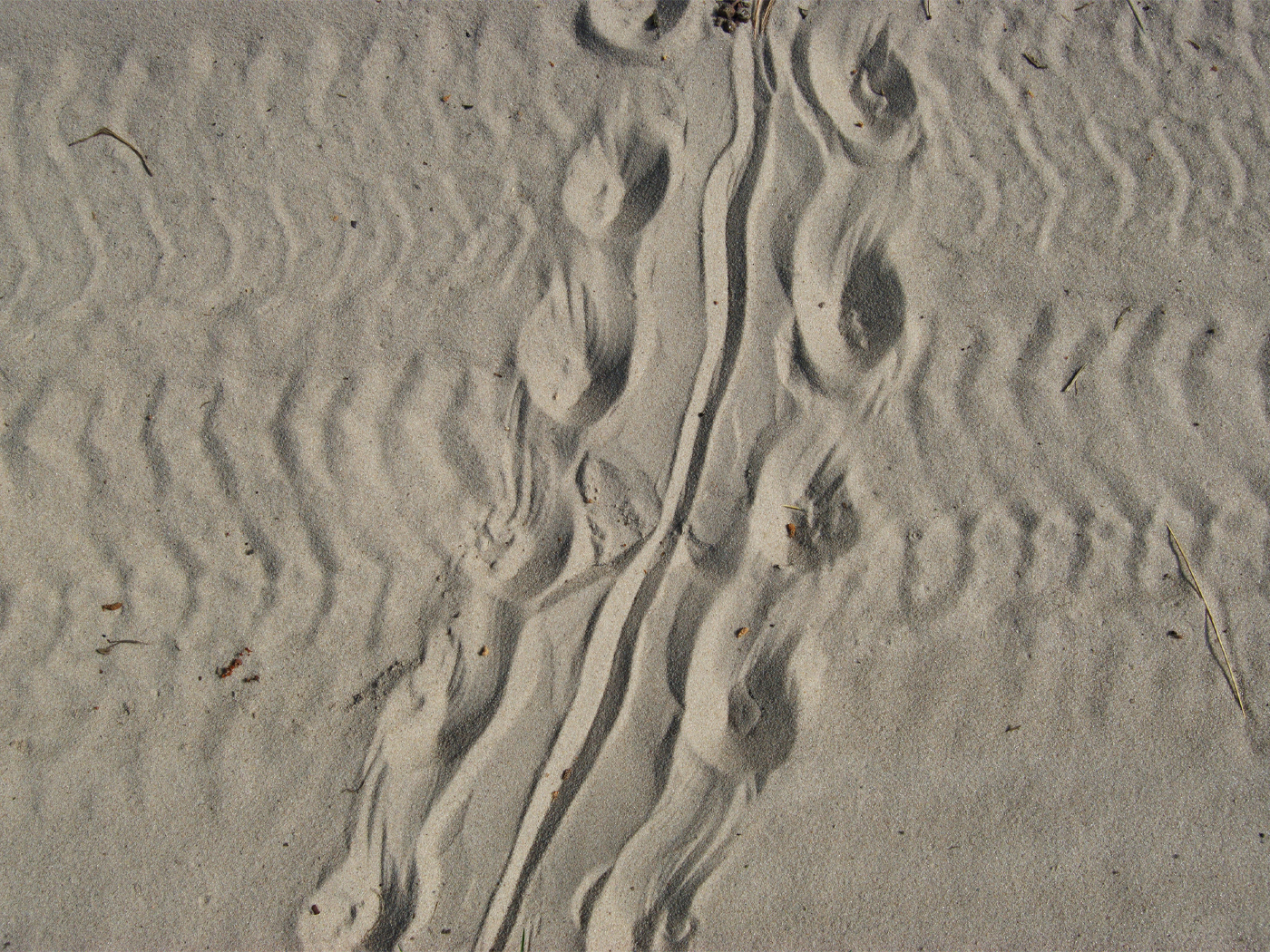What do the oldest European artworks and the domestication of animals have in common? A Penn State University paleoanthropologist suggested that they are evidence of a unique connection with animals that profoundly shaped the evolutionary development of early man. However, though her hypothesis provides an interesting spin on the evolutionary story, it ignores much of what the data actually reveal.
The presumed oldest artworks in Europe are ivory carvings depicting animals. Since artists have to think about and visualize an artwork before they make it, it's safe to assume that these artists had the same capacity for thought that modern sculptors have. But why did they choose animals as their subjects? In both a technical paper in Current Anthropology and the book The Animal Connection, Penn State's Pat Shipman hypothesized that humans (or human-like ancestors) who shared a more intimate connection with animals were able to obtain more meat, accelerating their evolutionary progress toward modern man.
In addition, their ability to use animals for work and sustenance--"tracking game, destroying rodents, protecting kin and goods, providing wool for warmth, moving humans and goods over long distances, and providing milk to human infants"1--tailored the "selective pressures" that supposedly formed humans.
According to a Penn State news release, Shipman even suggested that the "animal connection" with man led to the evolution of language. Supposedly, domesticated animals became so important that the need for accurate communication about how to manage them gradually turned ape-like grunts into symbolized abstract thoughts.
However, the available data regarding language, animal domestication, and early artwork are most easily interpreted within a creation, not an evolution, narrative.
If the first man was created in the image of God, complete with both the creativity of mind to make art and the appropriate biomechanisms to express that creativity,2 one would expect to find evidence of the sudden appearance of high-quality art. The examples of man's earliest artwork are extraordinarily accurate and fine pieces--obviously the products of people who were fully human. Where are the crude and clumsy artifacts formed by evolution's "pre-people"?
According to Genesis, man was made with a purpose--to rule over the animals and "subdue" (or organize) the natural environment, including its creatures.3 Thus, early evidence for animal domestication is expected. In fact, Genesis offers verification of early animal domestication, since one of the first man's sons "was a keeper of sheep."4
And rather than having to rely on "just-so" stories about how language somehow "emerged," it is more logical to conclude that since the core features of language had to all be present at once for any language to exist, they could not possibly be the result of any simple force of nature and must instead be the result of deliberate design.5
Expertly carved ivory art, cleverly managed animals, and fully adept language--which are all evidenced among man's earliest historical relics and documents--strongly testify to man having been fully man right from the start.
References
- Stacey, K. New Hypothesis for Human Evolution and Human Nature. Penn State press release, July 20, 2010, reporting on research published in Shipman, P. 2010. The Animal Connection and Human Evolution. Current Anthropology. 51: 519-538.
- Guliuzza, R. 2010. Made in His Image: The Connecting Power of Hands. Acts & Facts. 38 (10): 10-11.
- Genesis 1:28.
- Genesis 4:2.
- Language needs four basic features: syntax to build logical sentences with conventional symbols, semantics to connect symbols to their meanings, the symbols themselves, and biological mechanisms (such as mouths and voiceboxes) for appropriate expression. Without all of these present at once, there is no language at all. Therefore, language has to be the product of intentional creation, as Genesis affirms. See Morris, H. 1975. Language, Creation, and the Inner Man. Acts & Facts. 4 (10).
Image credit: Photo by H. Jensen. © University of Tübingen. Adapted for use in accordance with federal copyright (fair use doctrine) law.
* Mr. Thomas is Science Writer at the Institute for Creation Research.
Article posted on August 26, 2010.












